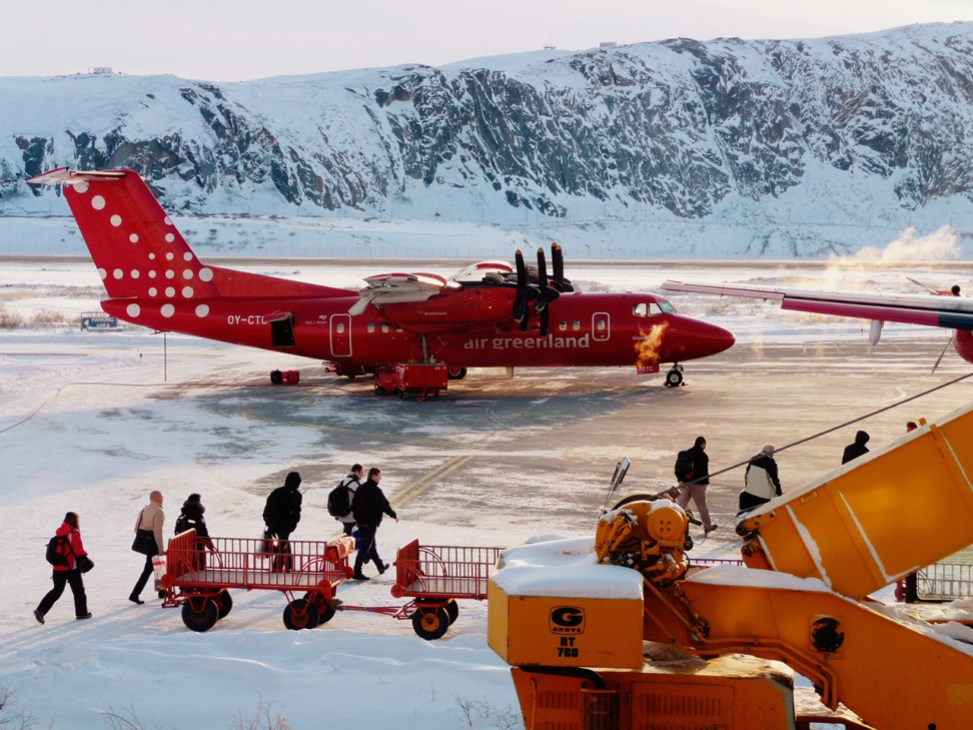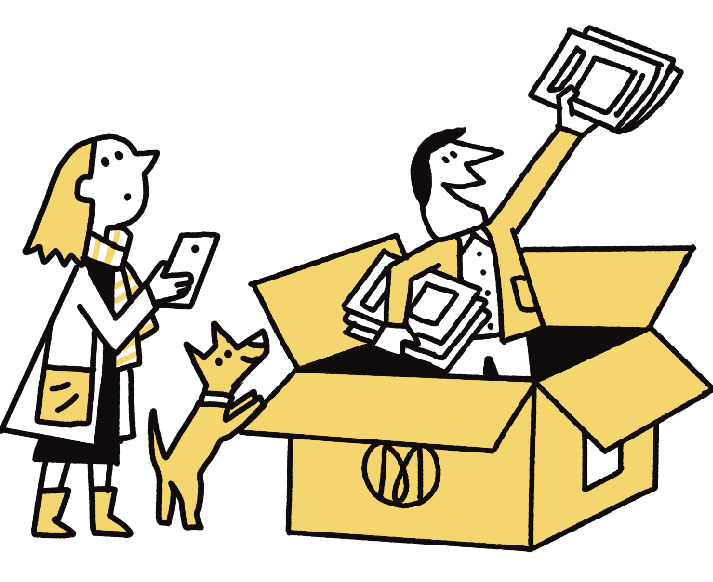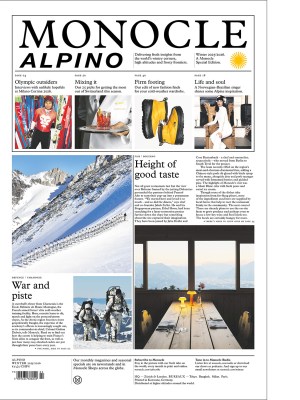If Greenland wants more visitors, it must fix its airports
When the ribbon on Nuuk’s expanded runway was cut last winter, the message was clear: Greenland is open for business. The reality has been less triumphant. Over the summer, international security screening was abruptly suspended after staff failed to meet training standards – or didn’t show up for their shift. Local lore has it that some opted to go reindeer hunting instead. This lapse forced a United Airlines flight from Newark to make a U-turn over Quebec, followed by days of cancelled flights. Now the Danish Transport Authority has capped aircraft movements at just four per hour, adding a logistical headache for Air Greenland, which didn’t actually want to move its base to the capital in the first place.
For decades, Greenland’s international lifeline ran through Kangerlussuaq, a former US military base further inland from Nuuk, whose long runway was built for bombers rather than tourists. Functional but forlorn, it handled connections to the island’s coastal towns via turboprop and helicopter. Nuuk’s expansion was meant to change that, shifting arrivals to the capital and signalling a more confident, connected Greenland. Largely underwritten by Danish subsidies, the investment intended to make travel easier and boost tourism. But Nuuk, as many quietly admit, is a terrible place for an international airport: fog, hurricane-force winds and mountainous terrain make flying there a gamble that even the most seasoned pilots eye warily.

And the shift has revealed another simple truth: shiny new infrastructure means little without properly trained people to run it. Admittedly, Greenland was in no great hurry to adjust – after all, security checks only arrived at Nuuk in 2024 – but it can no longer ignore the necessary human element of running an airport. If Denmark wants its autonomous territory to prosper, it must continue to lend resources as well as rules. That means deploying experienced aviation personnel, from screeners to controllers, until local teams can take over the work.
Tourism doesn’t begin on a glacier hike; it begins on the tarmac, with efficient ground handling and a smooth boarding process. The question is whose ground crews could lend a helping hand, ideally without sparking another sovereignty debate around the baggage carousel. United already flies here but a large US presence at Nuuk’s fragile new hub might feel a little too much like a layover in soft power, especially with US president Donald Trump’s old “buy Greenland” quip still echoing across the Atlantic. Scandinavian Airlines, which recently resumed flights after a nearly 20-year hiatus, seems to be a more natural ally: experienced, Nordic and accustomed to tricky climates.
Or how about, say, Qatar Airways? The Doha flag carrier has built a reputation for immaculate ground handling, running one of the world’s most complex hub operations with clockwork efficiency. If it can choreograph the movements of hundreds of wide-bodies each day in desert heat, it could certainly advise Nuuk on how to marshal a handful of flights an hour in Arctic chill. But perhaps that’s a touch too frosty for a Gulf giant that trades on warmth and glamour. What about Icelandair? The carrier already operates a solid network to Greenland’s coastal towns. There was even a proposal to make Keflavík Greenland’s main international hub some years ago – a plan that, in hindsight, might have spared everyone some turbulence.
Whoever steps in, Nuuk’s task is to find balance: it needs to bring in outside expertise to steady its aviation system without giving the impression that others are calling the shots. It’s a fine line for an island eager to show independence while relying on Danish oversight. With two more airports set to open in Ilulissat and Qaqortoq by 2026, many fear a repeat of the same missteps. For now, the priority is to get the basics right – keep flights running, baggage moving and confidence intact – before ambition outpaces capacity. After all, each incoming narrow-body flight from the US brings about $200,000 (€172,000) in local spending. For the island’s economy, reliable air travel isn’t just a technical matter, it’s big business.
Florian Siebeck is Monocle’s Frankfurt correspondent. For more opinion, analysis and insight, subscribe to Monocle today.



